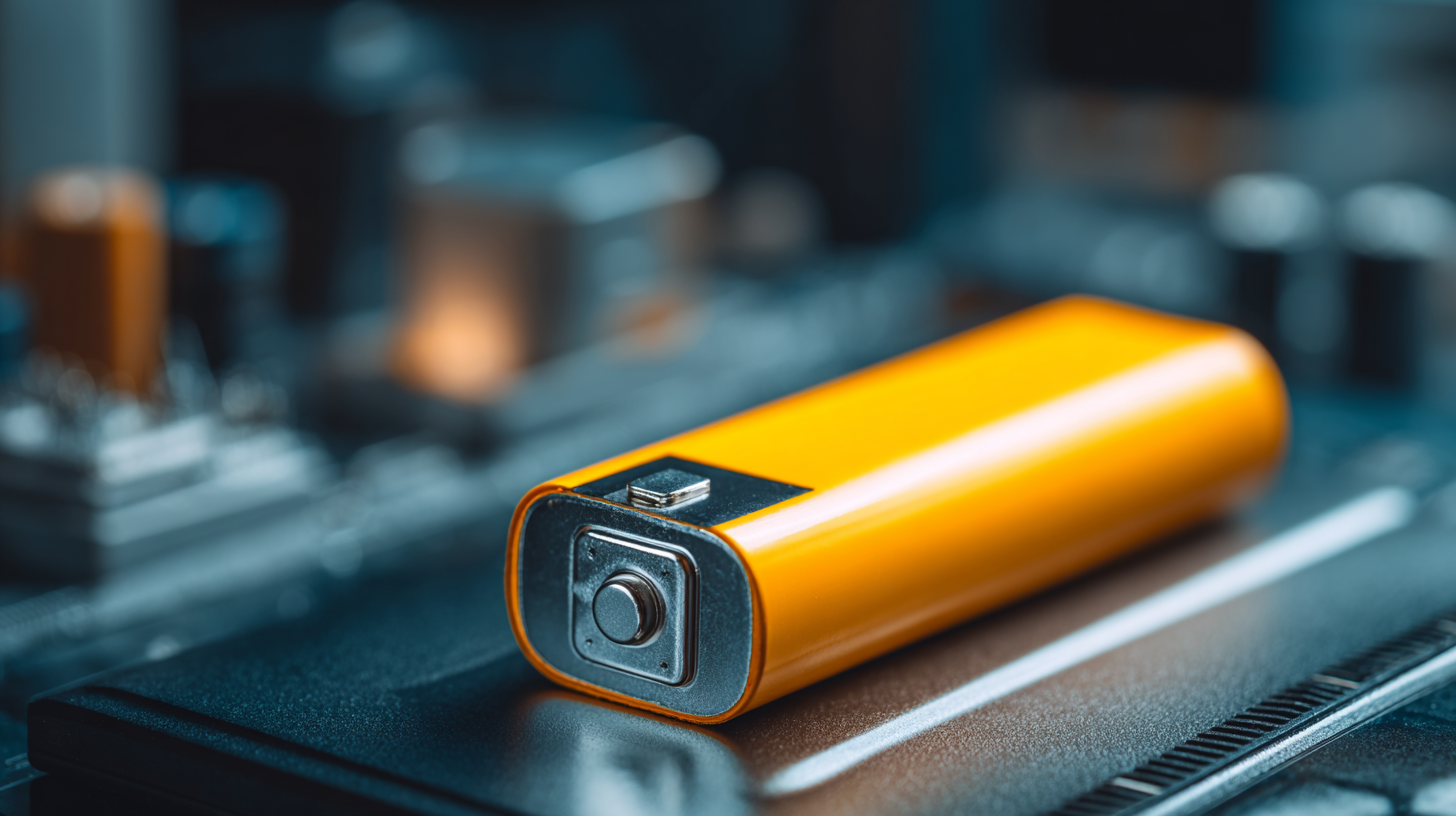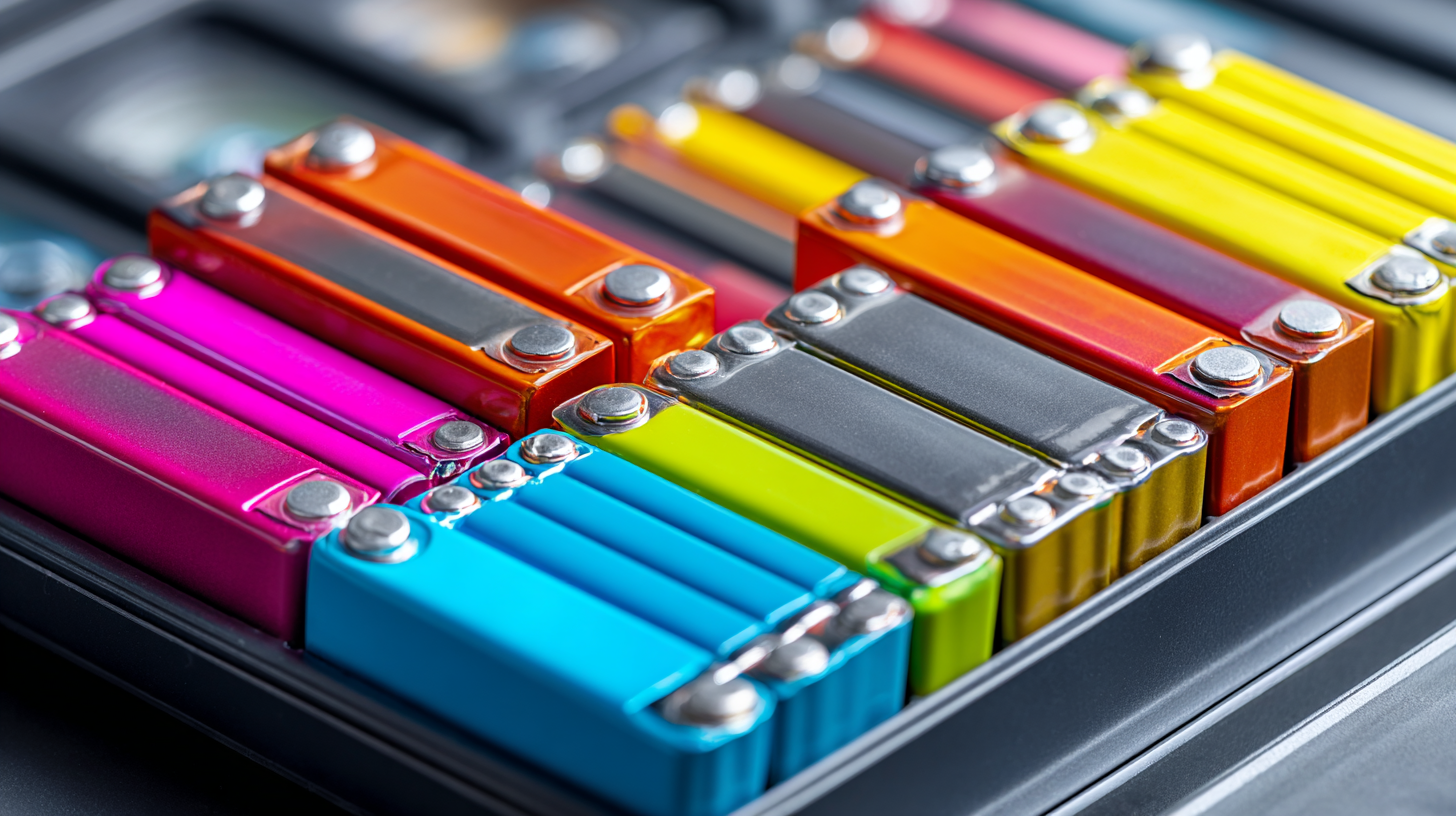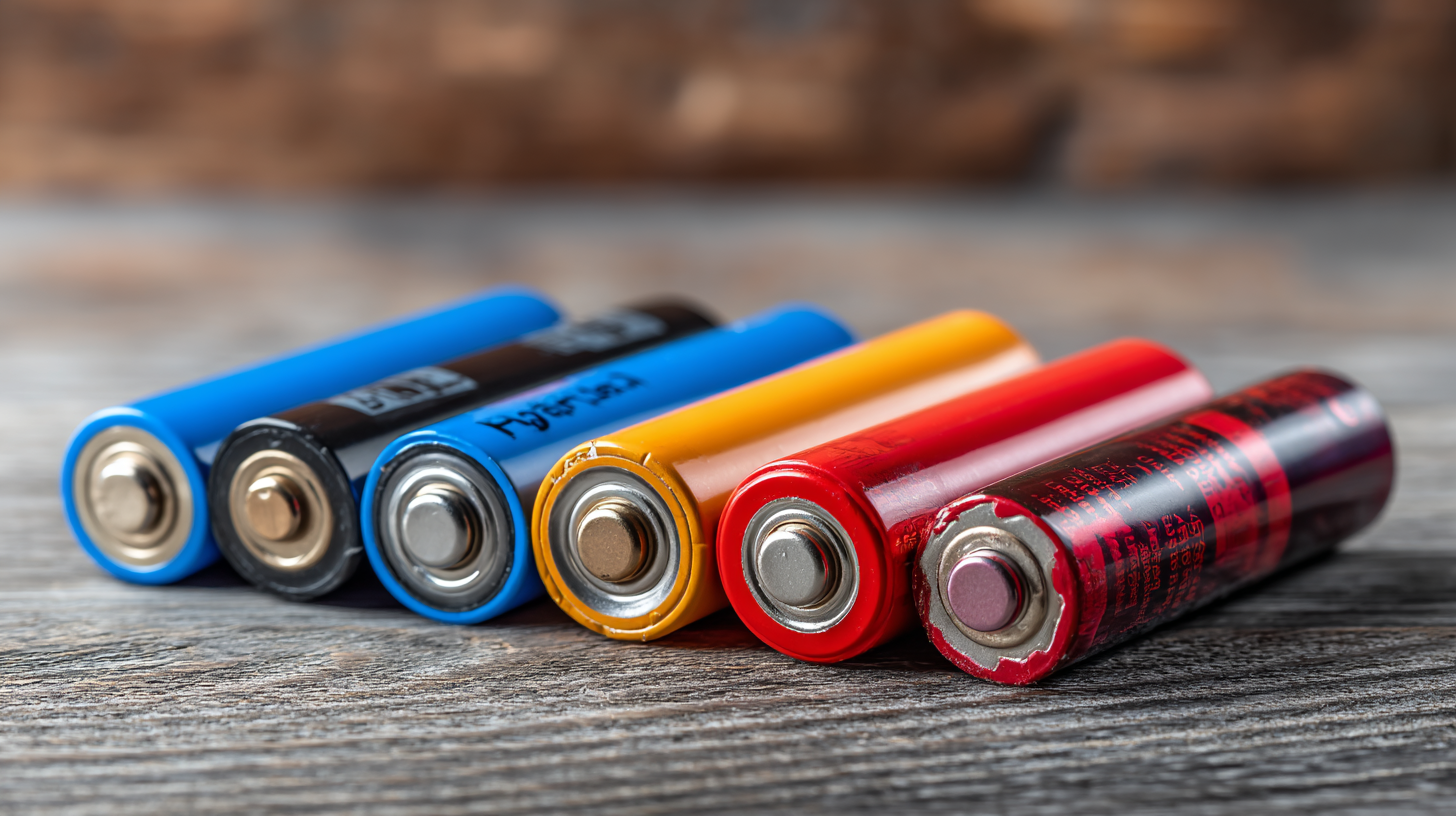In today's fast-paced technological landscape, selecting the right power source is crucial for business success, particularly as we approach the advancements predicted for the industry by 2025. One of the most versatile and efficient options available is the Li Ion Polymer Battery. Known for their lightweight design, high energy density, and flexible form factors, these batteries are increasingly favored across various applications, from consumer electronics to industrial machinery. This ultimate guide aims to arm you with essential insights and practical considerations for choosing the best Li Ion Polymer Battery tailored to your specific business needs. As we delve into the key attributes, trends, and innovations surrounding these batteries, we'll explore how to navigate the complexities of the market to make informed decisions that drive your business forward.

 Li-ion polymer batteries have become increasingly popular in various applications due to their lightweight construction and high energy density. Unlike traditional lithium-ion batteries, which use a liquid electrolyte, Li-ion polymer batteries employ a solid or gel-like polymer electrolyte. This design not only enhances safety by reducing the risk of leakage but also allows for greater flexibility in shape and form. Businesses looking to incorporate these batteries into their operations should familiarize themselves with the unique properties that set them apart from other battery types.
Li-ion polymer batteries have become increasingly popular in various applications due to their lightweight construction and high energy density. Unlike traditional lithium-ion batteries, which use a liquid electrolyte, Li-ion polymer batteries employ a solid or gel-like polymer electrolyte. This design not only enhances safety by reducing the risk of leakage but also allows for greater flexibility in shape and form. Businesses looking to incorporate these batteries into their operations should familiarize themselves with the unique properties that set them apart from other battery types.
One of the key features of Li-ion polymer batteries is their ability to maintain consistent performance over a wide range of temperatures. This robustness makes them ideal for applications in electronics, automotive, and renewable energy sectors, where temperature fluctuations are common. Additionally, their lower self-discharge rate means that they can retain charge for extended periods, making them a reliable choice for devices that require long-lasting power. Understanding these fundamentals can help businesses make informed decisions when selecting the right battery to meet their specific needs.
When selecting a Li-Ion Polymer battery for your business, understanding battery capacity and voltage is essential for optimal performance. Battery capacity, measured in milliampere-hours (mAh), indicates how much energy a battery can store, directly influencing how long your devices will run before needing a recharge. Choosing a battery with the right capacity for your application's energy demands ensures your devices operate efficiently without frequent interruptions, ultimately enhancing productivity.
Voltage, on the other hand, determines how much power is supplied to your devices. It’s crucial to match the battery voltage with your equipment's specifications for safe and effective operation. Using a battery with a higher voltage than your device can handle may lead to overheating or, worse, damage. Conversely, too low a voltage can result in underperformance or failure to power the device at all. Therefore, a careful evaluation of both capacity and voltage according to your specific application will ensure that you select the most suitable Li-Ion Polymer battery, catering to your business needs while maximizing performance and reliability.

When selecting a Li-Ion polymer battery for your business, two critical factors to assess are temperature tolerance and lifespan. Different applications can expose batteries to varying thermal conditions, and understanding how a battery performs under these circumstances is essential.
For instance, batteries designed for high-temperature environments might feature enhanced thermal management systems, whereas those for cold conditions may require specialized materials to prevent performance degradation.
Tip: Always check the manufacturer’s specifications for temperature ranges. This will provide insights into how the battery might perform in your specific application and help prevent unexpected failures.
Lifespan is another significant aspect when evaluating battery options. A battery's lifespan can be influenced by factors such as charge cycles and operating temperatures.
Batteries subjected to extreme conditions tend to age faster, leading to reduced overall efficiency. Therefore, choosing a battery with a longer cycle life can translate into better return on investment.
Tip: Consider implementing a monitoring system to track the battery's health over time. This proactive approach can help in scheduling maintenance or replacements before issues arise, ensuring seamless operation in your business.
When considering the most suitable lithium-ion polymer battery configuration for your business, it’s essential to understand the distinctions between series and parallel arrangements. In a series configuration, voltage increases while capacity remains constant, making it ideal for applications that require higher voltage levels. According to a report by the Battery Power magazine, series-connected batteries can reach voltages as high as 48V, which is crucial for systems like electric vehicles and energy storage systems that demand significant power.
On the other hand, a parallel configuration boosts the overall capacity while maintaining the same voltage, accommodating applications that require longer run times. Industry data shows that parallel connections can double the capacity when two identical batteries are combined, providing a more extensive energy reservoir for devices like laptops and drones.
**Tip**: Assess your device's energy consumption and operational duration before selecting a configuration. If your application demands sustained energy over longer periods, opt for parallel configurations. Conversely, for high-voltage demands, a series configuration may be more appropriate.
**Tip**: Always consider redundancy and safety; connecting batteries in parallel not only increases capacity but also ensures that if one cell fails, the other cells can still provide power.
This chart compares the performance characteristics of lithium-ion polymer batteries configured in series versus parallel. Key metrics include voltage output, current capacity, and total energy stored.
When selecting Li-Ion polymer batteries for business needs, identifying reliable suppliers is crucial. A strong supplier relationship can significantly impact your product’s performance and longevity. Start by researching potential suppliers through industry networks and verified directories. Look for those with a solid track record, emphasizing experience and stability in the market. Engaging with multiple suppliers helps ensure competitiveness and opens avenues for negotiation on pricing and terms. Always prioritize suppliers who provide transparency about their manufacturing processes and adhere to recognized industry standards.
Quality assurance is another critical component when sourcing Li-Ion polymer batteries. It’s essential to implement a robust evaluation process to assess a supplier’s quality control measures. Request information on their testing protocols, certification processes, and warranty terms. Regular audits and assessments of their manufacturing practices can also serve as a safeguard against potential quality issues. Additionally, consider establishing key performance indicators (KPIs) for ongoing evaluation to ensure that the battery products consistently meet your business needs. By taking these steps, you can significantly mitigate risks and enhance the reliability of your battery supply chain.
| Battery Type | Capacity (mAh) | Voltage (V) | Cycle Life | Charge Time (hrs) | Temperature Range (°C) |
|---|---|---|---|---|---|
| Li-ion Polymer | 2000 | 3.7 | 500 | 2 | -20 to 60 |
| Li-ion Polymer | 3000 | 3.7 | 400 | 2.5 | -20 to 55 |
| Li-ion Polymer | 3500 | 3.8 | 600 | 2.2 | -10 to 50 |
| Li-ion Polymer | 4000 | 3.7 | 700 | 1.8 | -10 to 45 |


